ENDMILL
New technology and technical know-how, the best qualified for increasing productivity and machinability.
End mills are suitable for machining metal workpieces of various shapes, including but not lmited to the following shapes:
End mills can be used to machine planar workpieces, such as planar milling, planar face milling and planar contouring.
End mills can be used to machine fluted workpieces, such as slot milling, T-slots and V-slots.
End mills can be used to machine hole workpieces, such as drilling, boring and milling.
End mills can be used to machine complex surface workpieces, such as curve contouring, 3D surface machining and mould machining.
End Mills can be used to machine bevels and chamfers by tilting and rotating the tool.
End mills can be used for contouring workpieces, such as contour milling and curve contouring.
In general, end mills are suitable for machining metal workpieces of various shapes, whether they are flat surfaces, slots, holes or complex curved surfaces, all of which can be machined by choosing the right tools and cutting parameters.
An end mill is a tool used for milling operations that offers several advantages:
End mills can cut in multiple directions, including radial cutting, axial cutting and tangential cutting. This allows the end mill to perform both transverse and longitudinal cutting operations with high machining efficiency.
The end mill is suitable for machining workpieces of various shapes, including flat surfaces, slots, holes and complex curved surfaces. It can be used for plane milling on flat surfaces, as well as bevelling, chamfering and contouring by tilting and rotating the tool.
End mills have high cutting speeds and feed rates, which enable them to remove metal materials quickly and increase productivity.
The high rigidity of the end mill tool can maintain stability during the cutting process, reducing vibration and deformation of the workpiece.
End mills can achieve high machining accuracy and surface quality control. By choosing the right tool and cutting parameters, precise size and surface requirements can be achieved.
End mills are suitable for machining a variety of metal materials, including steel, iron, copper, aluminium, alloys and so on. According to the hardness and cutting performance of different materials, different types of end milling tools can be selected.
For automated processing equipment such as CNC milling machines, end mills can be combined with control systems to achieve automated control of complex shapes and precision machining, and improve productivity and consistency.
End mills can be used for contouring workpieces, such as contour milling and curve contouring.
In summary, end mills have the advantages of multi-directional cutting, wide range of processing, high efficiency processing, cutting stability, machining accuracy, wide range of applicable materials and programmability, which is one of the commonly used cutting tools in metal processing.
Non-standard tool customisation requirements
“Addressing Unique Tool Customization Needs: A Guide to Non-Standard Requirements”
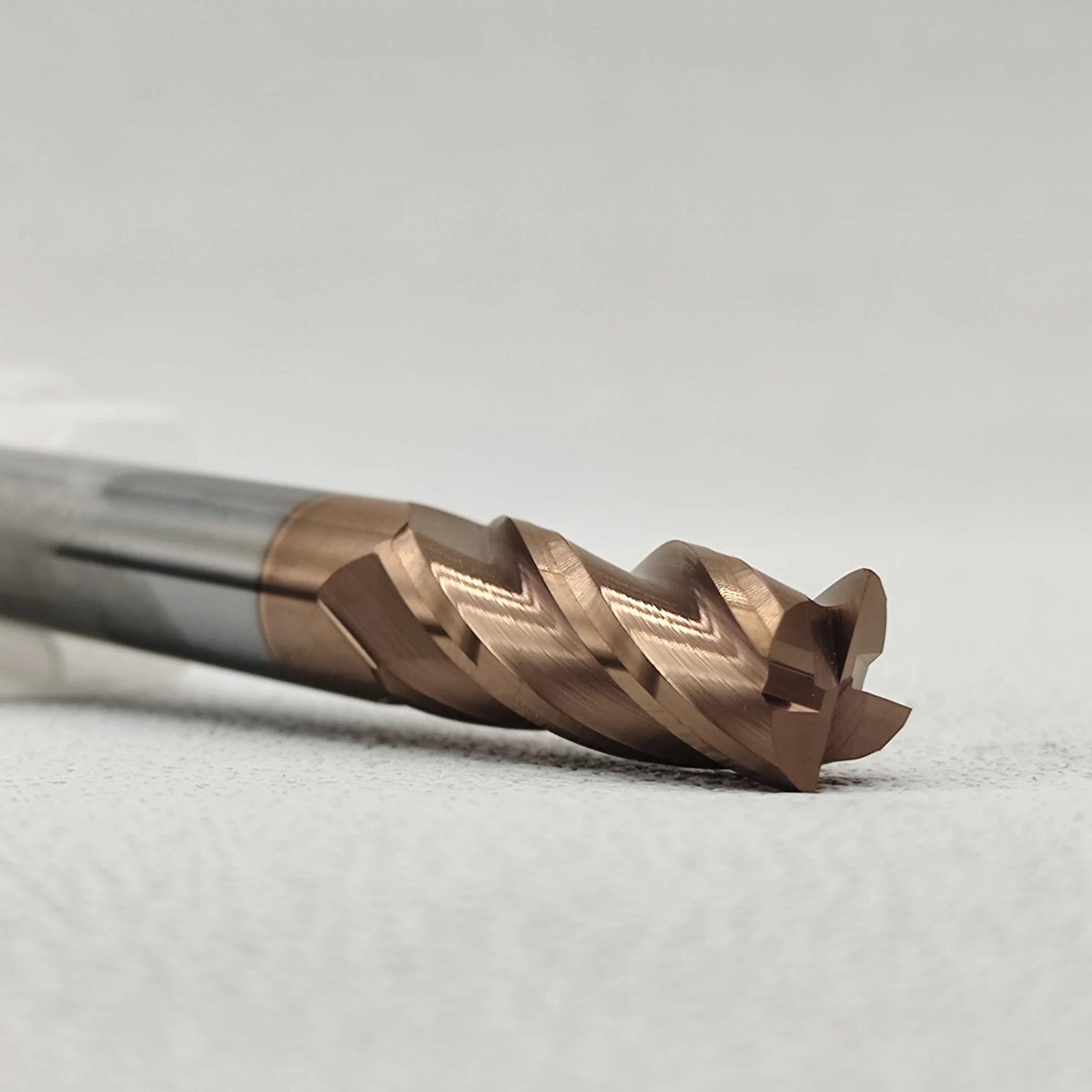
ENDMILL
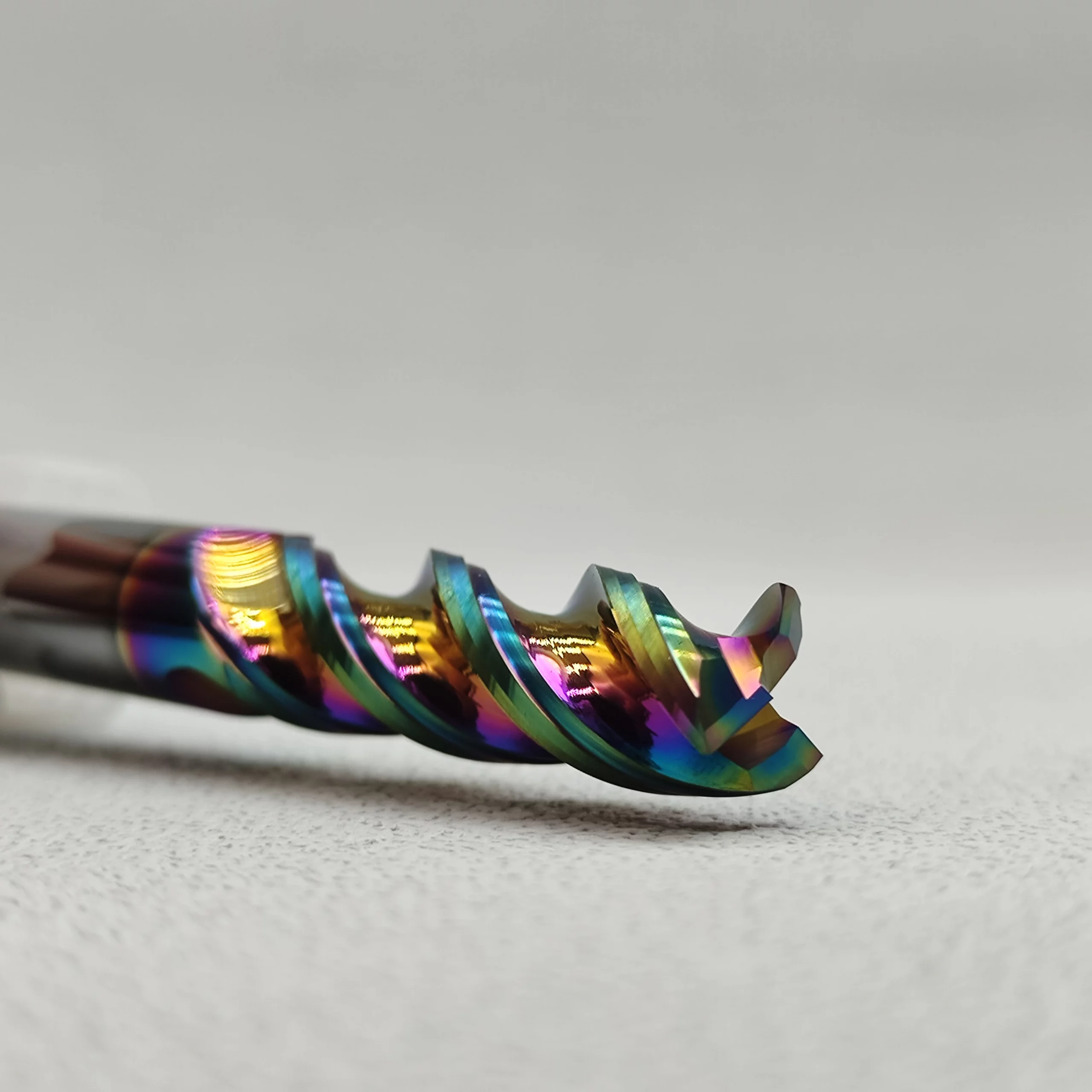
ENDMILL
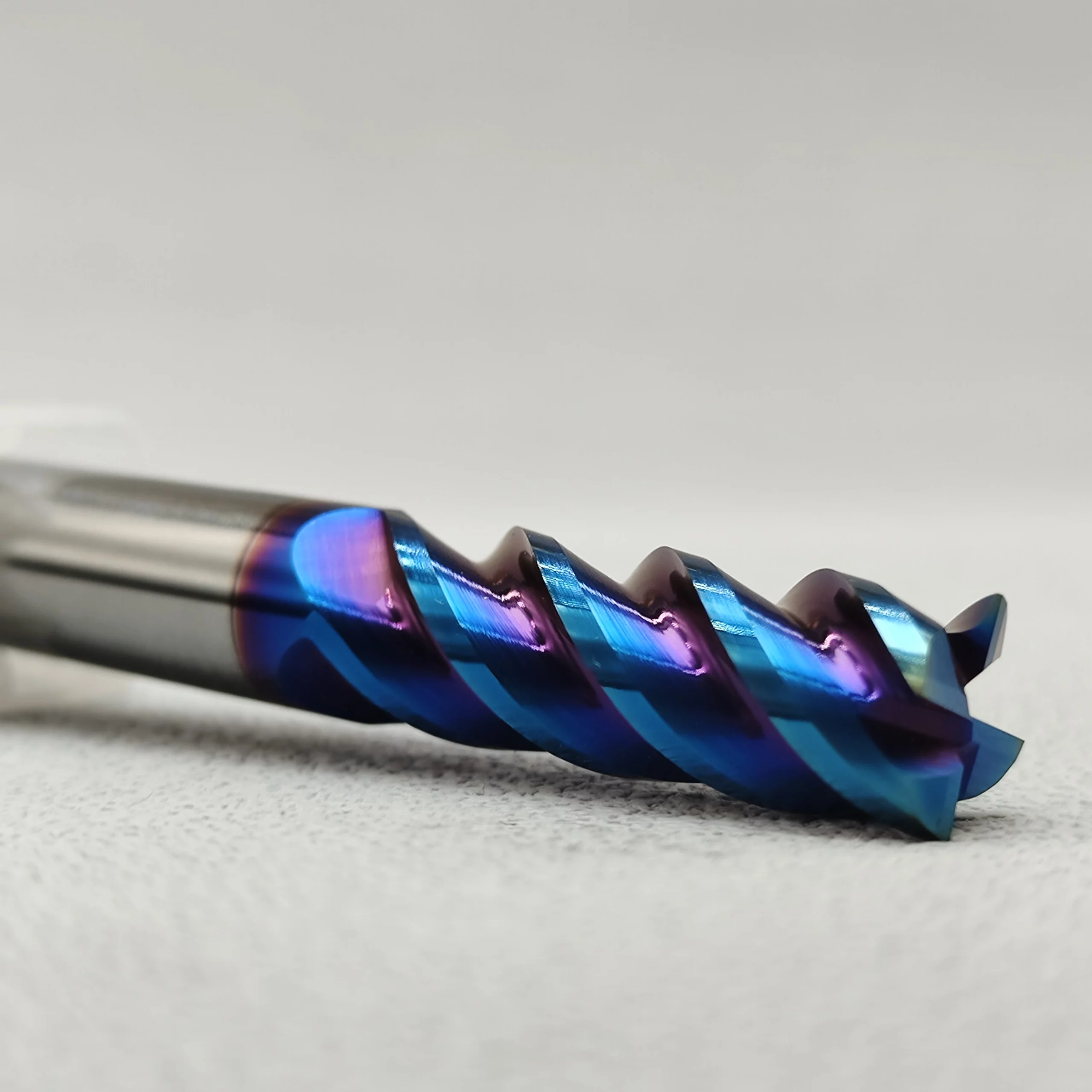
ENDMILL
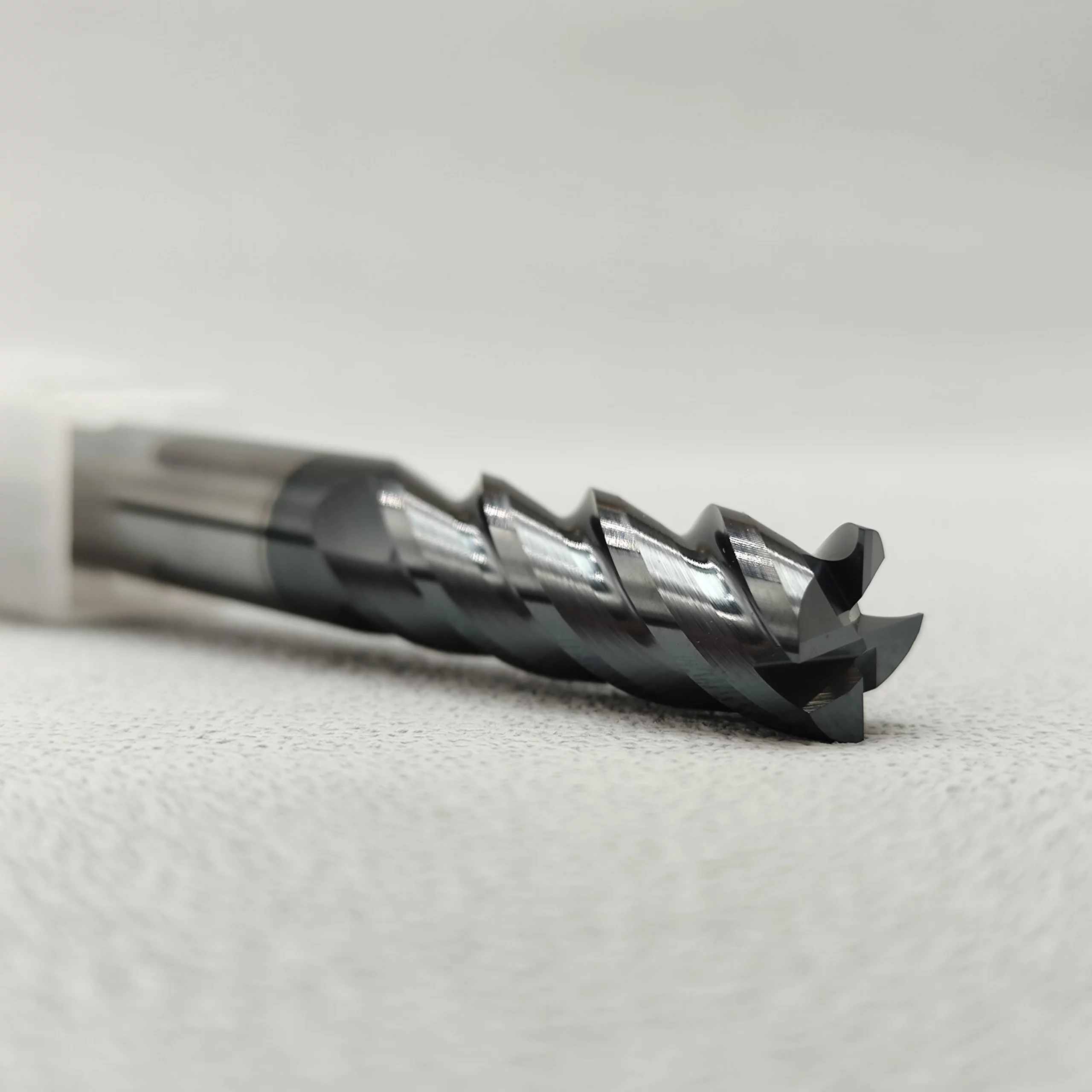
ENDMILL
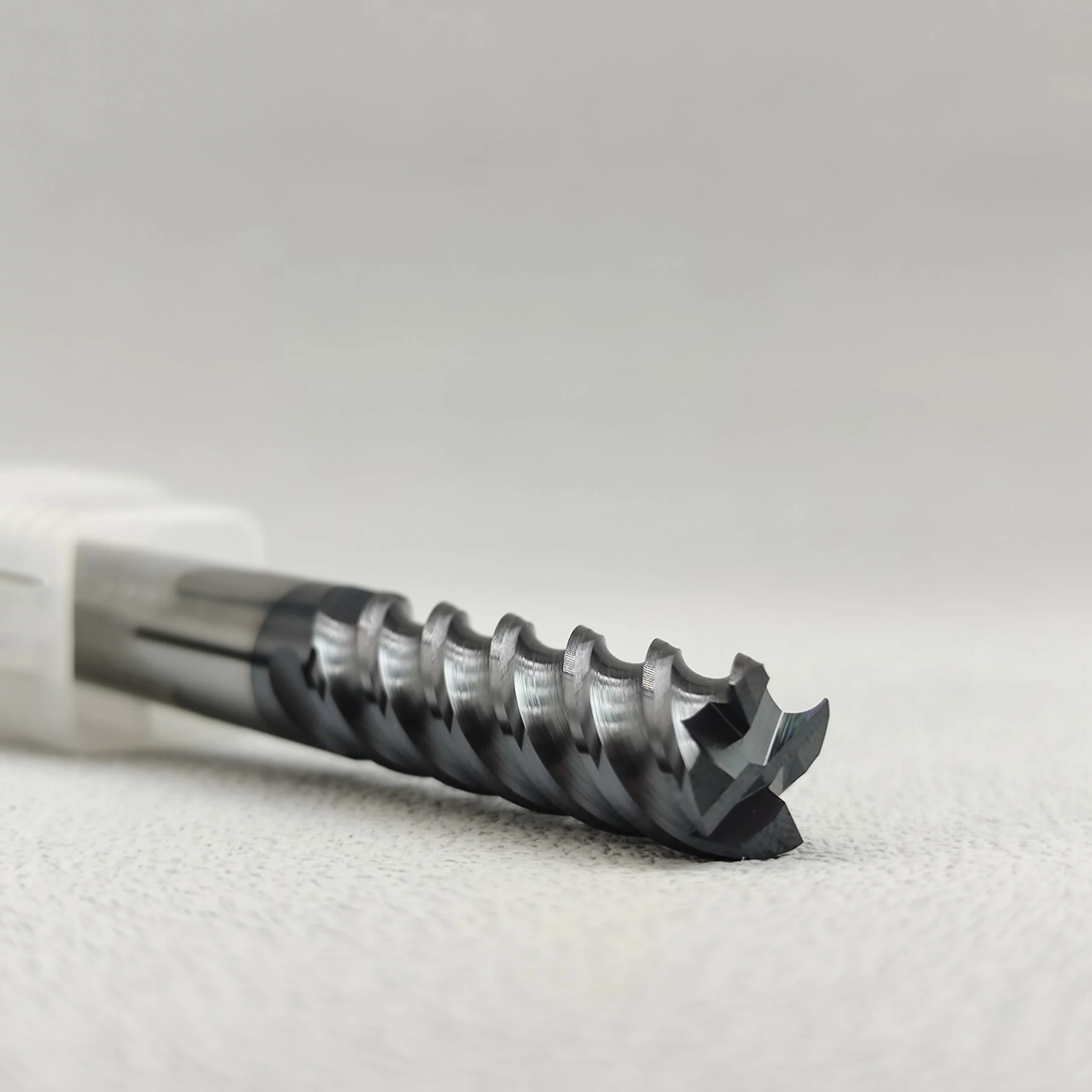
ENDMILL
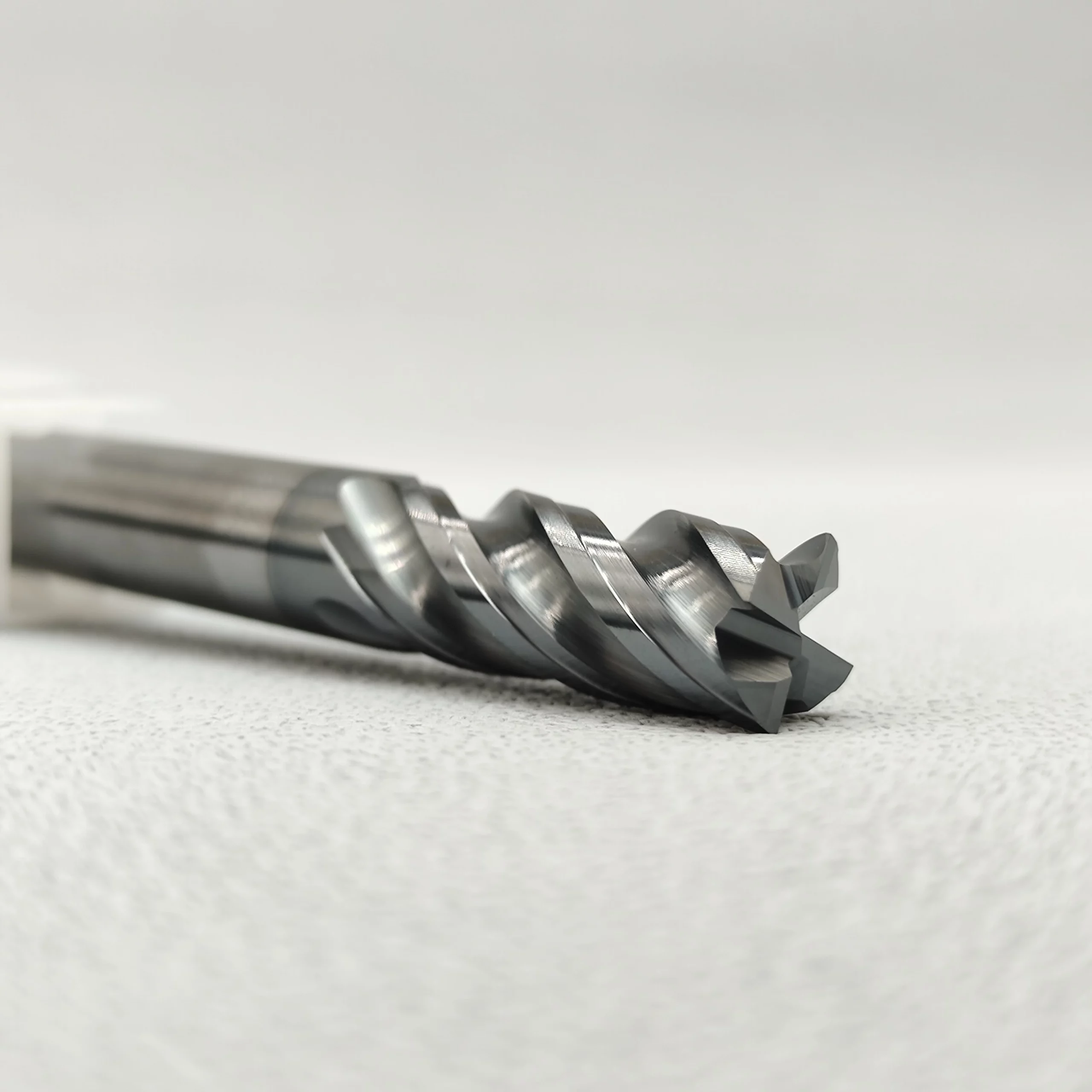
ENDMILL
Contact Cowee to Start Your Business
Driven by expertise, committed to excellence, your trusted partner
